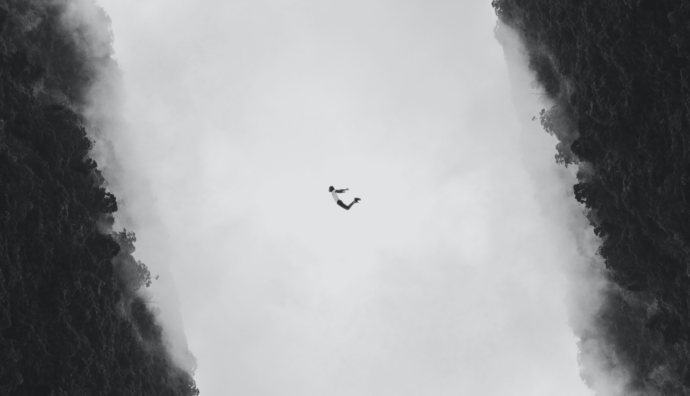Why is it so important to learn to fall?
Some university researchers investigated this a few years ago, starting from some statistical evidence. (You can learn more can reading here and here)
Fall injuries are the second leading cause of death from unintentional injuries among minors, according to WHO data. A fact that, in Europe alone, concerns fourteen minors a day.
In addition, the health care costs of hospitalizations due to falls are significantly high (approximately $50 billion annually in the United States).
Projects such as Safe Falls Safe Schools were born from this evidence, and experienced the participation of the working group of prof. Invernizzi of the School of Motor Sciences of the State University of Milan, Italy and of the FIJLKAM, Judo sector, for the involvement of the Italian school population.
The merit of these projects was both to bring out evidence from a quantitative point of view, and to propose work and prevention methodologies.
For example, the analysis relating to the fall is interesting. In 68% of cases this was reported as accidental (and only in 16% caused by third parties).
But the even more interesting fact is that the dynamics of the fall was, for 36% of the cases, lateral, considered as the most dangerous.
This fact is surprising because it is higher, in aggregate, than 17% of frontal falls and a further 15% of generic “falls on the hands”.
The project has developed a protocol for evaluating the motor skills of the school population. A simple back fall test to assess the student’s ability to instinctively adopt protective motor mechanisms has been set up (protection of the head by bending the neck, use of the hands to cushion the fall, rotation of the hips, ability to round off/execute a flip, knee bend).
In this way it is possible to measure what anyone who teaches physical activity of any kind in schools already knows. And that is that the ability to absorb a fall is limited because motor patterns and laterality are not adequately developed.
Thus, a small training program for falling backwards was studied, and allowed the test results to be completely reversed in a short time, leading almost all the participants to adopt a correct attitude in the event of a fall.
A result of enormous significance, considering that almost a third of accidents due to falls occur in schools.
All this must give some fuel for some reflection on the teaching of ukemi in Martial Arts. A didactic that is essential for all ages.
The unconscious contribution given by Martial Arts to prevention, especially in kids classes, should be better communicated and valued. Playfully and without trauma, thanks to the elasticity of their body, their low center of gravity and the relative freshness of the neural tracks, next generation men and women are built capable of greater adaptation in the event of an accidental fall. We would say: also in a metaphorical sense.
What about adults? Ukemi is a point that requires teaching methodologies capable of bridging gaps of all kinds. Rarely adult approaches an Aikido course in perfect physical condition.
Often it has to be “remapped” in some way; that is, accompanied to recover mobility, to develop coordination, to learn new motor sequences.
All this while dealing with the limits that each person brings along with her/him.
We therefore need a didactic and a methodology that helps beginners to develop those functional ukemi movements properly and quickly. Movements that, if necessary, can be used to live the eventual experience of an accidental fall in the best possible way.
The teaching of ukemi (and projections) is quite tested, especially as regards the training of the “geometry” of the body.
From our point of view, both with children and adults, quick and very good results are obtained with the use of fit-balls. Wrapping himself frontally on a soft and deformable latex sphere, the adult accepts the idea of impacting on the tatami with less fear. Feeling somehow protected, he gets his body used to contact with the tatami, feels that it is not dangerous and therefore manages to maximize traditional teaching, understanding it and carrying it out faster.
Even lateral stretching, resting on the fit-ball, facilitates the learning of yoko-ukemi and the increase of confidence in a movement that is objectively not natural – and, as we have seen, statistically problematic in case of accidental falls.
In conclusion: the practice of a martial discipline requires the practitioner to gradually progress in learning the reception of techniques. A grammar of attacks corresponds to a grammar of ukemi.
It would be therefore important that the teaching of ukemi could have the courage of a constant research, exactly as it should happen for all the other techniques.
In this way we would be free from the risk of limiting ourselves to extemporaneous didactics more useful for exhibitionism than for real practice (think of the “jump” of classmates bending on their knees and other more or less showy forms of projection training). It would avoid bruising the practitioner who only once in a while performs exercises of lateral or crossed falls, hurting himself because he is not used to it.
And maybe new languages could be found to communicate principles better and faster that even the world of research has identified as necessary for everyday life.
Disclaimer: Photo by Henry & Co. from Pexel.com

